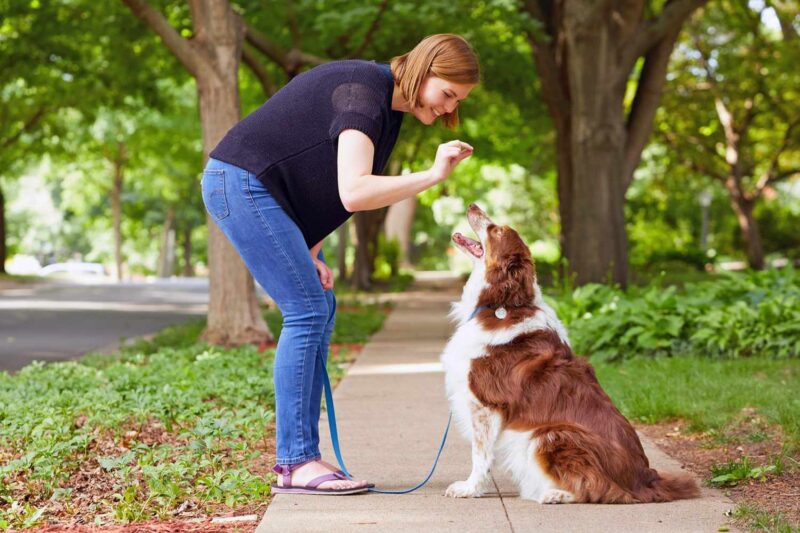When embarking on the journey of pet ownership, choosing a trainable dog is a pivotal decision, especially for new pet owners. The ease of training a dog plays a significant role in the quality of life and the bond you share with your pet. A trainable dog is not just about having a pet that follows commands; it’s about finding a companion that can adapt to your lifestyle, learn quickly, and interact harmoniously with you and your environment. This guide aims to help you identify the best breed for your situation, ensuring a joyful and fulfilling relationship with your future canine companion.
Why Trainability Matters
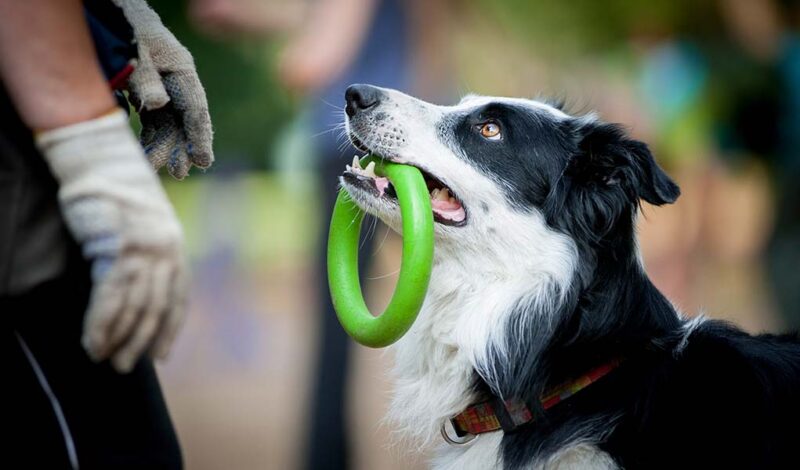
Understanding why trainability is crucial helps in making an informed decision when selecting a dog. A trainable dog is typically more adaptable, easier to manage, and safer to have around family and friends. These dogs are less likely to develop behavioral problems, making them ideal for a harmonious household. Moreover, the process of training your dog strengthens the bond between pet and owner, establishes clear communication, and ensures that your dog can participate more fully in your life. Whether it’s for companionship, work, or security, a trainable dog can significantly enhance the pet-owner experience, leading to a more rewarding and less stressful coexistence.
Characteristics of an Easy-to-Train Dog
The characteristics that make a dog easy to train are varied but essential to identify. Intelligence is a key factor; smarter dogs tend to learn commands and routines faster. However, intelligence alone isn’t enough. A dog’s eagerness to please is equally important, as it motivates them to follow your instructions and try to understand what you want from them. Additionally, a dog’s social nature plays a crucial role. Dogs that are more sociable and attuned to human behavior tend to be better at interpreting commands and understanding expectations.
Breeds Known for Trainability
Some dog breeds stand out for their trainability, making them popular choices for both new and experienced owners. Border Collies, for example, are highly intelligent and known for their remarkable ability to learn and execute complex commands. Labrador Retrievers are another excellent choice, famous for their friendly disposition and eagerness to please. Other breeds like Golden Retrievers, Poodles, and German Shepherds are also known for their trainability. These breeds not only learn quickly but also enjoy the process of learning, which makes training a more enjoyable and successful experience for both the dog and the owner. Even if you have a dog that’s easily training you should check out https://www.thecollarclubacademy.com/dog-board-and-train.
Consider Your Lifestyle
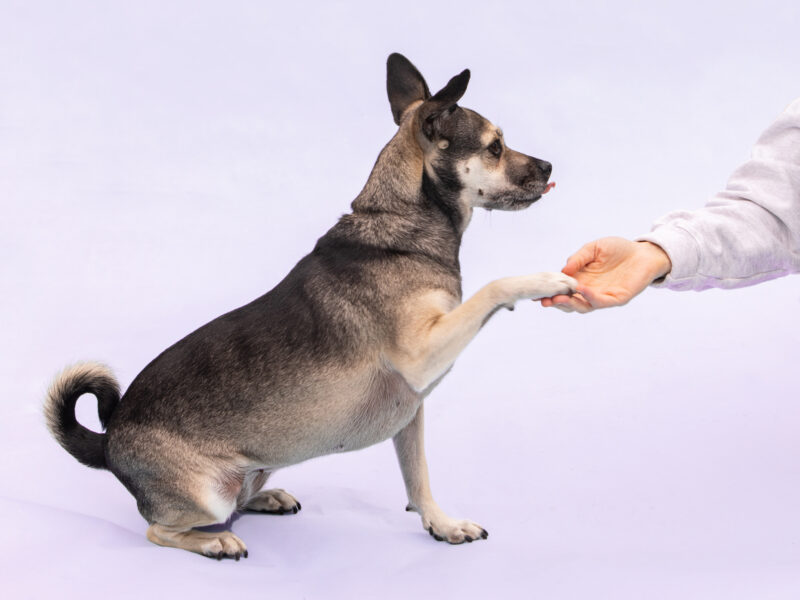
When choosing a dog, it’s vital to consider your lifestyle. Your daily routine, activity level, and living environment should align with the needs of the breed you select. An active person might find a perfect companion in high-energy breeds like Australian Shepherds, while someone with a more relaxed lifestyle might prefer a calmer breed like a Bulldog. It’s important to remember that a dog’s trainability also depends on their ability to fit into your life. A mismatch between your lifestyle and your dog’s needs can lead to frustration for both of you and can impede the training process.
Size Matters
The size of a dog can impact how easy they are to train. Smaller breeds, like Shih Tzus or Pomeranians, are often easier to manage physically, making certain aspects of training less challenging. On the other hand, larger breeds, such as Dobermans or Great Danes, may require more physical strength to handle, but they often have a calmer demeanor and can be surprisingly easy to train. It’s important to consider not just the physical size but also the temperament of different sized breeds to find the right balance for your training capabilities and lifestyle.
Puppy vs. Adult Dog
Training a puppy versus an adult dog comes with distinct considerations. Puppies are akin to a blank canvas, offering the opportunity to mold and shape their behavior from the onset. Their formative stage is crucial for instilling good habits, but it requires considerable time, patience, and consistency. They generally have a longer attention span and can focus better during training sessions, making certain aspects of training more straightforward. The decision between a puppy and an adult dog hinges on your time availability, patience level, and whether you’re looking to shape a dog’s early development or build upon an adult dog’s existing personality.
Training Techniques
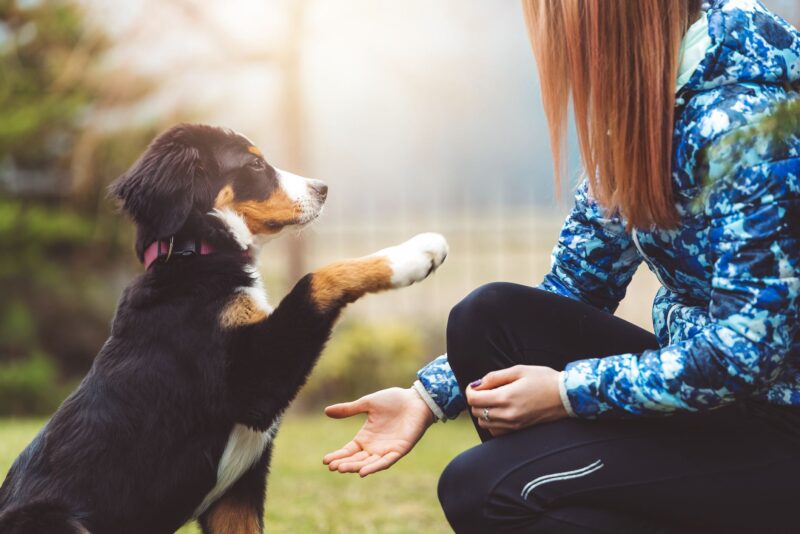
The cornerstone of effective dog training lies in positive reinforcement. This approach revolves around rewarding desired behaviors, which encourages the dog to repeat them. Patience and consistency are key elements in this method. Consistency in your commands and rewards simplifies your dog’s understanding of expected behaviors, leading to more efficient and enjoyable training sessions. Additionally, it’s important to start with basic commands and gradually progress to more complex ones, always keeping training sessions short and fun to maintain your dog’s interest.
Training Resources
For dog training, a wide array of resources is available, catering to various preferences and requirements. Books and online tutorials offer valuable tips and strategies for at-home training, enabling you to learn at your own pace. Professional classes, often provided at pet stores or through independent trainers, offer structured, hands-on experiences under expert guidance. These classes also present an excellent opportunity for your dog to socialize with other dogs. Additionally, online forums and pet-owner groups can be valuable resources for sharing experiences and getting advice from fellow dog owners.
Common Training Challenges
During training, pet owners often encounter common challenges. One frequent issue is inconsistency in commands or routines, which can confuse the dog. Overcoming this requires clear, consistent communication. Another challenge is dealing with distractions during training sessions, especially in public spaces. Training your dog in a variety of environments gradually can help them learn to focus despite distractions. Additionally, some dogs may show stubbornness or lack of interest in training.
Choosing the Right Match
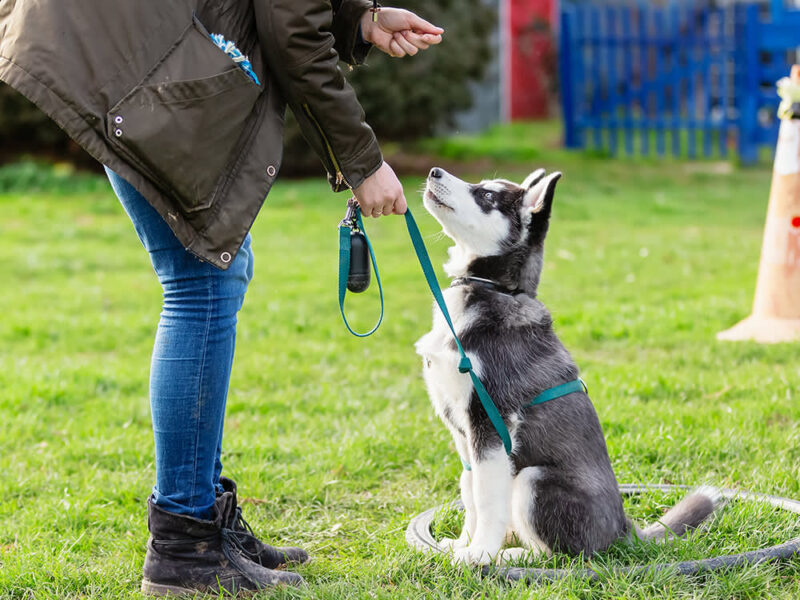
Selecting the right dog for training involves considering various factors. Assess the breed’s characteristics and whether they align with your lifestyle and training ability. Think about whether you’re prepared for the demands of training a puppy or would prefer the different challenges of an adult dog. Reflect on your living situation, daily routine, and the amount of time you can dedicate to training. It’s essential to be realistic about your own capabilities and preferences as a trainer and owner. This self-assessment will help ensure that you choose a dog whose trainability matches your expectations and lifestyle.
Conclusion
Choosing a trainable dog is a significant decision that impacts your experience as a pet owner. It’s important to research and understand the breed’s characteristics, consider your lifestyle, and be aware of the different challenges of training puppies versus adult dogs. Utilizing positive reinforcement techniques and accessing the right training resources can facilitate a successful training journey.

